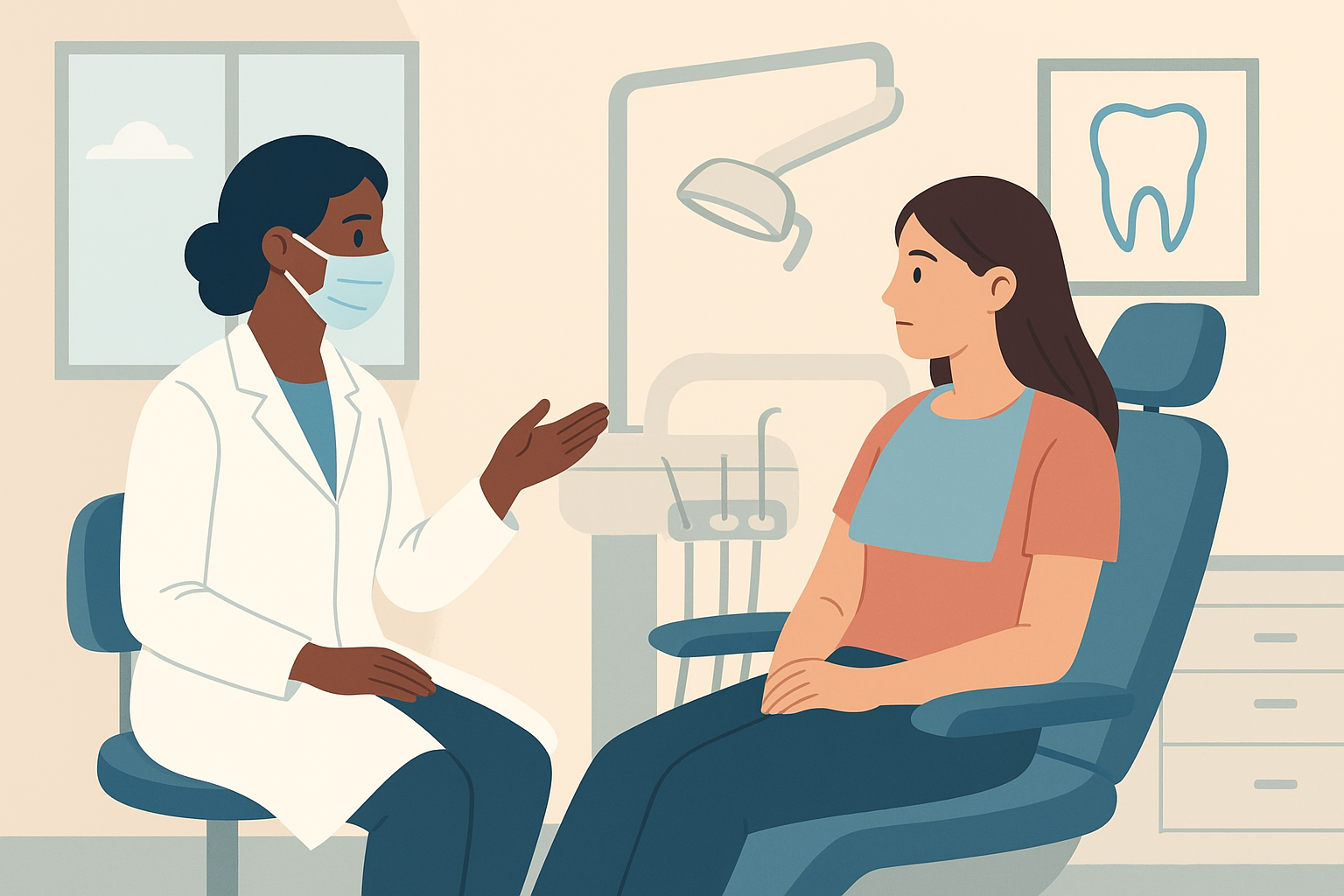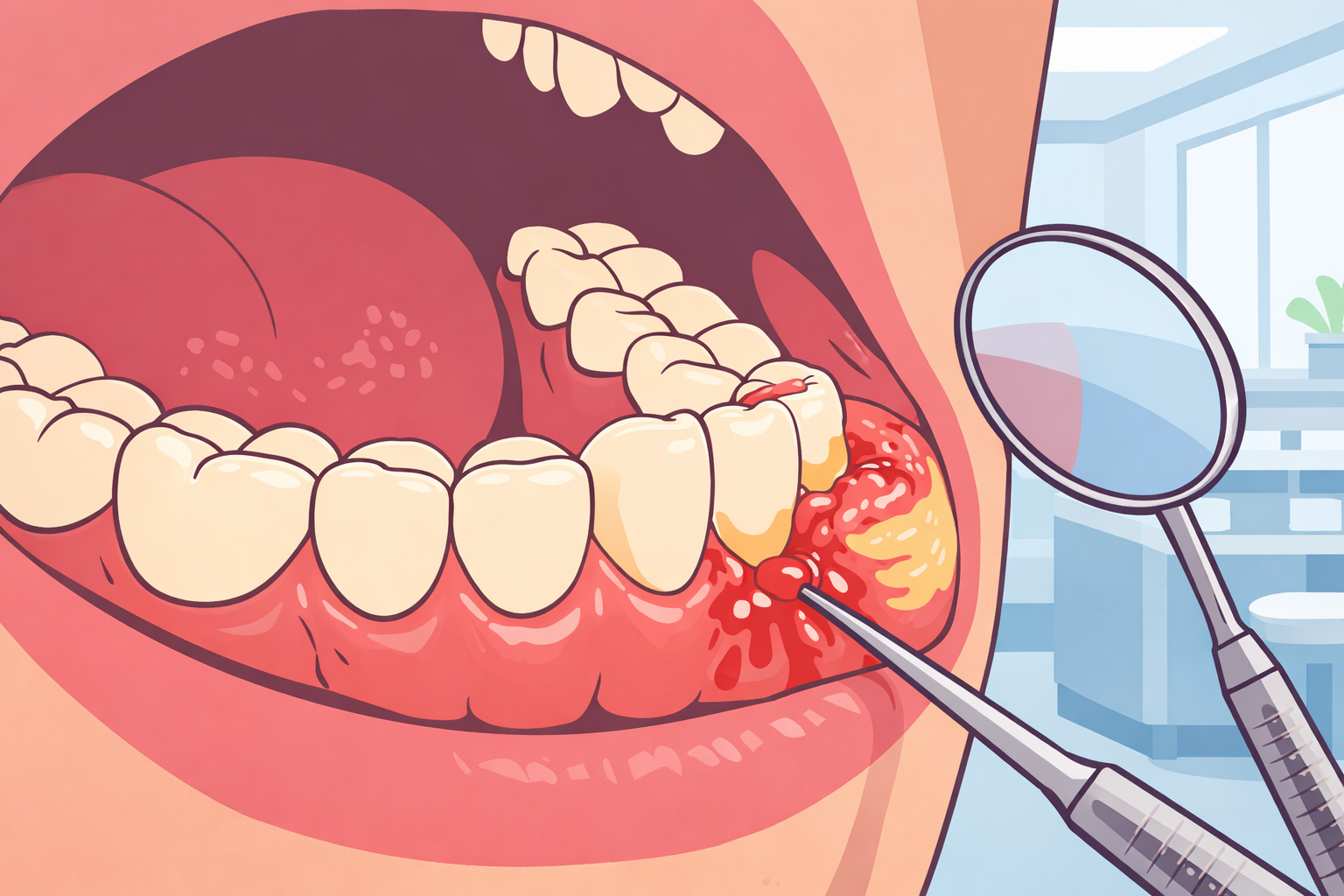10 Common Myths About Wisdom Tooth Removal

Getting your wisdom teeth removed can feel intimidating — and that’s partly because of the myths surrounding it. From horror stories about unbearable pain to the belief that everyone must have them taken out, misinformation spreads easily.
The truth? Wisdom tooth removal is a common, safe, and often beneficial procedure when done under the right circumstances. Understanding what’s fact and what’s fiction can make the entire experience far less stressful — and help you make informed decisions about your oral health.
In this guide, we’ll separate myth from reality by debunking ten of the most common misconceptions about wisdom tooth removal, based on what dentists and oral surgeons actually recommend.
Understanding Wisdom Teeth
Before jumping into the myths, let’s cover the basics. Wisdom teeth, also known as third molars, are the last set of teeth to emerge — typically appearing between the ages of 17 and 25. While some people’s wisdom teeth come in without issues, others experience problems such as impaction, infection, or crowding.
That’s why dentists often recommend early evaluation through X-rays, sometimes suggesting removal before complications occur. Knowing how wisdom teeth grow and affect the rest of your mouth helps put many misconceptions to rest.
Myth #1: Everyone Needs to Have Their Wisdom Teeth Removed
Not true.
Wisdom teeth don’t automatically have to come out just because they exist. If they’re healthy, fully erupted, properly aligned, and easy to clean, there may be no need for removal.
However, many people simply don’t have enough space in their jaws to accommodate them. This can lead to misalignment, pressure on neighboring teeth, or infection. Your dentist or oral surgeon will assess through X-rays and clinical exams whether removal is actually necessary.
Fact: The need for removal depends on your individual oral structure — not on a one-size-fits-all rule.
Myth #2: Wisdom Tooth Removal Is Extremely Painful
While no surgery is completely painless, modern techniques and anesthesia options make wisdom tooth extraction far more comfortable than many expect. Most patients only feel mild pressure during the procedure and experience manageable discomfort afterward.
Dentists now use local anesthesia, IV sedation, or general anesthesia depending on your comfort level and case complexity. Over-the-counter or prescribed pain medication typically controls soreness within the first few days.
Fact: With today’s advanced anesthesia and care, pain from wisdom tooth removal is temporary and minimal for most patients.
Myth #3: You’ll Be Swollen for Weeks
Swelling is part of the healing process, but it usually peaks around day two or three and then subsides within a week. Applying an ice pack, staying hydrated, and following your surgeon’s aftercare instructions can dramatically reduce inflammation.
If swelling lasts longer than a week, it may indicate infection or dry socket — in which case, contacting your dentist is important.
Fact: Most swelling disappears in less than seven days when proper care is taken.
Myth #4: It Takes Forever to Recover
Recovery times vary, but most people resume normal activities within 3–5 days. For complex or impacted cases, full healing might take up to two weeks.
You can shorten recovery time by avoiding smoking, alcohol, and hard foods, while keeping the extraction site clean and following your dentist’s care instructions.
Fact: Wisdom tooth recovery is typically short and straightforward, especially with good oral hygiene and rest.
Myth #5: You Can’t Eat Anything for Days
This myth keeps many patients worried unnecessarily. While you’ll need to avoid crunchy or spicy foods for a few days, there’s still plenty you can enjoy. Soft, nutritious foods like mashed potatoes, yogurt, smoothies, scrambled eggs, and soups are great options.
Gradually, you’ll transition back to regular foods as your comfort allows. Avoid straws and carbonated drinks during the early days to prevent dislodging the healing clot.
Fact: You can eat comfortably after surgery — just choose the right foods during recovery.
Myth #6: Wisdom Tooth Removal Causes Facial Changes
Many people believe removing wisdom teeth can alter the shape of their jawline or face. This is false.
The removal happens deep in the jaw and doesn’t affect your facial muscles or bone structure in a way that changes appearance.
If anything, reduced swelling or inflammation may temporarily make your face look slightly slimmer, but it’s not a structural change.
Fact: Wisdom tooth extraction doesn’t permanently change how your face looks.
Myth #7: You’ll Lose Sensation or Nerve Function Permanently
Nerve-related complications are extremely rare and occur mostly when lower wisdom teeth are positioned close to the mandibular nerve. This is why digital X-rays or 3D scans are essential before surgery — to allow your surgeon to plan carefully and avoid nerve contact.
Temporary numbness can happen in rare cases, but it typically resolves within days or weeks.
Fact: Permanent nerve damage from wisdom tooth extraction is uncommon when done by an experienced oral surgeon.
Myth #8: It’s Dangerous to Remove All Four at Once
Many patients successfully have all four wisdom teeth removed in one visit. In fact, it’s often more efficient — saving recovery time, anesthesia costs, and multiple appointments.
Your oral surgeon will evaluate your health and anatomy before recommending this approach. Unless there’s a specific medical reason to stage the procedures, doing all four at once is safe and convenient.
Fact: Removing all wisdom teeth at once is a common and safe practice when medically appropriate.
Myth #9: Only Teenagers Need Wisdom Tooth Removal
While many people have their wisdom teeth extracted in their late teens or early 20s, adults can still benefit from removal when problems arise later.
Age isn’t a barrier — though recovery might take slightly longer due to denser bone tissue.
Adults experiencing recurring infections, jaw stiffness, or crowding should consult their dentist about possible extraction.
Fact: Wisdom tooth removal is effective and safe for adults of any age.
Myth #10: It’s a Useless or Unnecessary Procedure
This is one of the most harmful misconceptions. While not everyone needs wisdom tooth surgery, it can prevent serious oral health issues in those who do.
Untreated impacted wisdom teeth can lead to gum infections, cysts, tooth decay, and even damage to nearby teeth. In some cases, proactive removal is better than waiting for complications that could be harder to treat later.
Fact: When recommended by a dentist, wisdom tooth removal helps maintain long-term oral health and prevents future problems.
When Wisdom Tooth Removal Is the Right Choice
The decision to remove your wisdom teeth should always be made in consultation with your dentist or oral surgeon. Factors like jaw size, tooth alignment, and existing symptoms play a big role.
If you’re experiencing pain, swelling, or crowding — or if your X-rays show impaction — it’s best to act sooner rather than later. Early intervention often means a smoother surgery and faster recovery.
For more insights about related dental topics, you might also read about:
- How to Know If Your Wisdom Tooth Is Growing Wrong
- Wisdom Teeth Removal Recovery Tips: How to Heal Faster and Avoid Problems
Final Thoughts: The Truth Behind Wisdom Tooth Removal
Wisdom tooth removal isn’t as scary as the myths make it seem. Modern dental techniques, advanced imaging, and personalized care ensure that most patients experience minimal discomfort and quick recovery times.
The key is to rely on trusted dental professionals — not online horror stories — for advice tailored to your situation. By understanding the facts, you can approach your procedure confidently and protect your oral health for years to come.

How to Sleep After Wisdom Tooth Surgery: 9 Essential Tips for a Faster Recovery
July 2, 2025

Ice vs Heat: What Works Best for Wisdom Tooth Pain?
December 5, 2025

Long-Term Results After Jaw Surgery: What to Expect
December 1, 2025

Can You Smoke or Vape After Wisdom Tooth Removal?
December 1, 2025

Warning Signs of a Serious Wisdom Tooth Infection You Shouldn’t Ignore
December 22, 2025